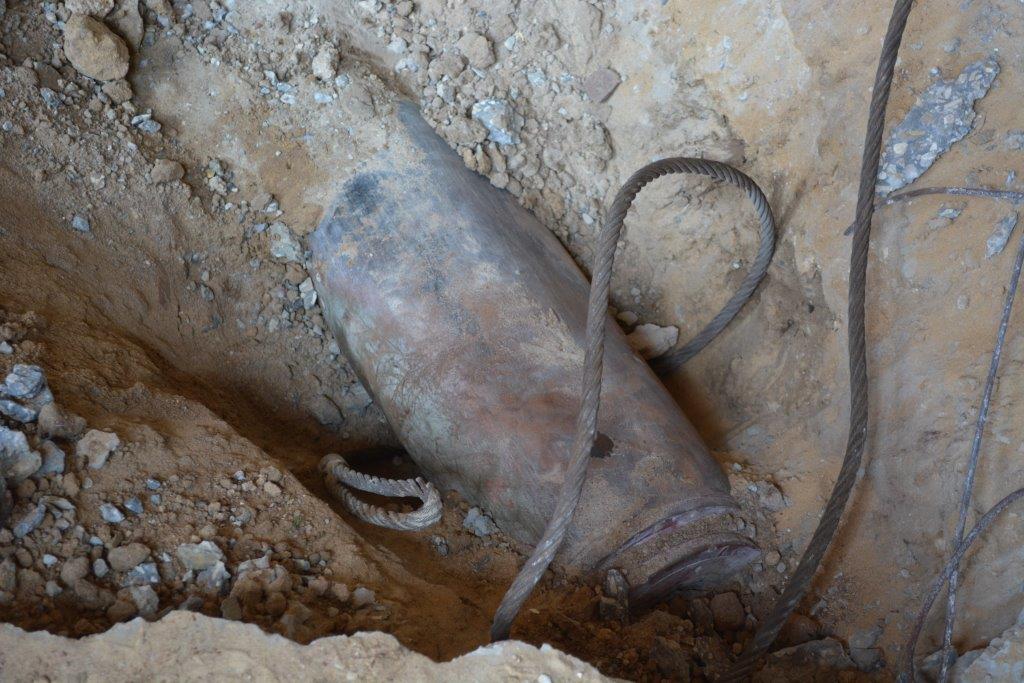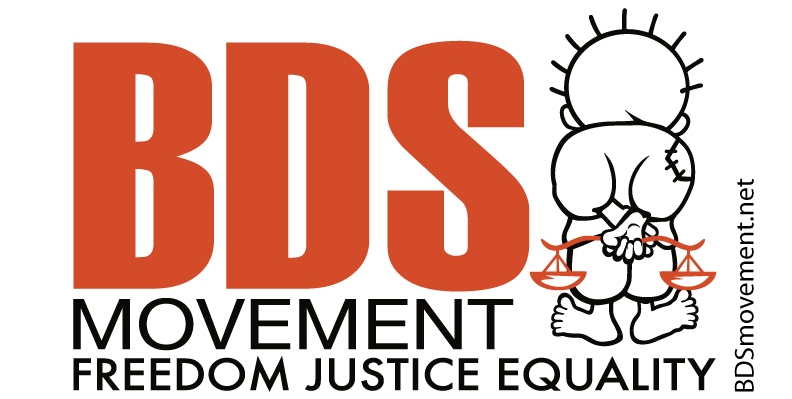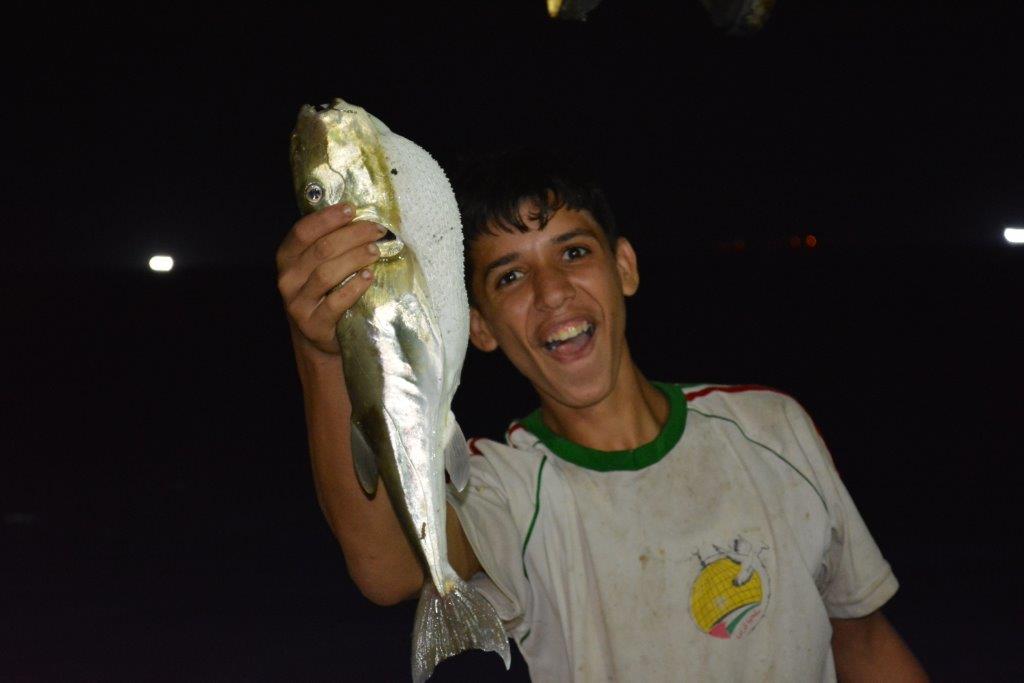Tag: Gaza
-
The blockade remains
8th September | Charlie Andreasson | Gaza, Occupied Palestine More than a week has passed since the ceasefire started and yet no significant easing of the blockade has been seen. Drones are still circulating over the rooftops, maybe carrying deadly cargo. Fishermen have been shot at in the north and south, two fishermen have been…
-
A call from Gaza: Make Israel Accountable for its Crimes in Gaza – Intensify BDS!
5th September | BDS Movement | Occupied Palestine From the ruins of our towns and cities in Gaza, we send our heartfelt appreciation to all those who stood with us and mobilized during the latest Israeli massacre. In the occupied West Bank, Israel has embarked on one of its largest illegal land grabs in decades…
-
Fishing in Gaza
3rd September | Charlie Andreasson | Gaza, Occupied Palestine We sailed out from Gaza City’s harbor just before dusk with the 13-man crew, including two boys, and we had a theoretical possibility to reach six nautical miles for fishing. But that the limit determined by the occupying power would have been moved from three to six…



